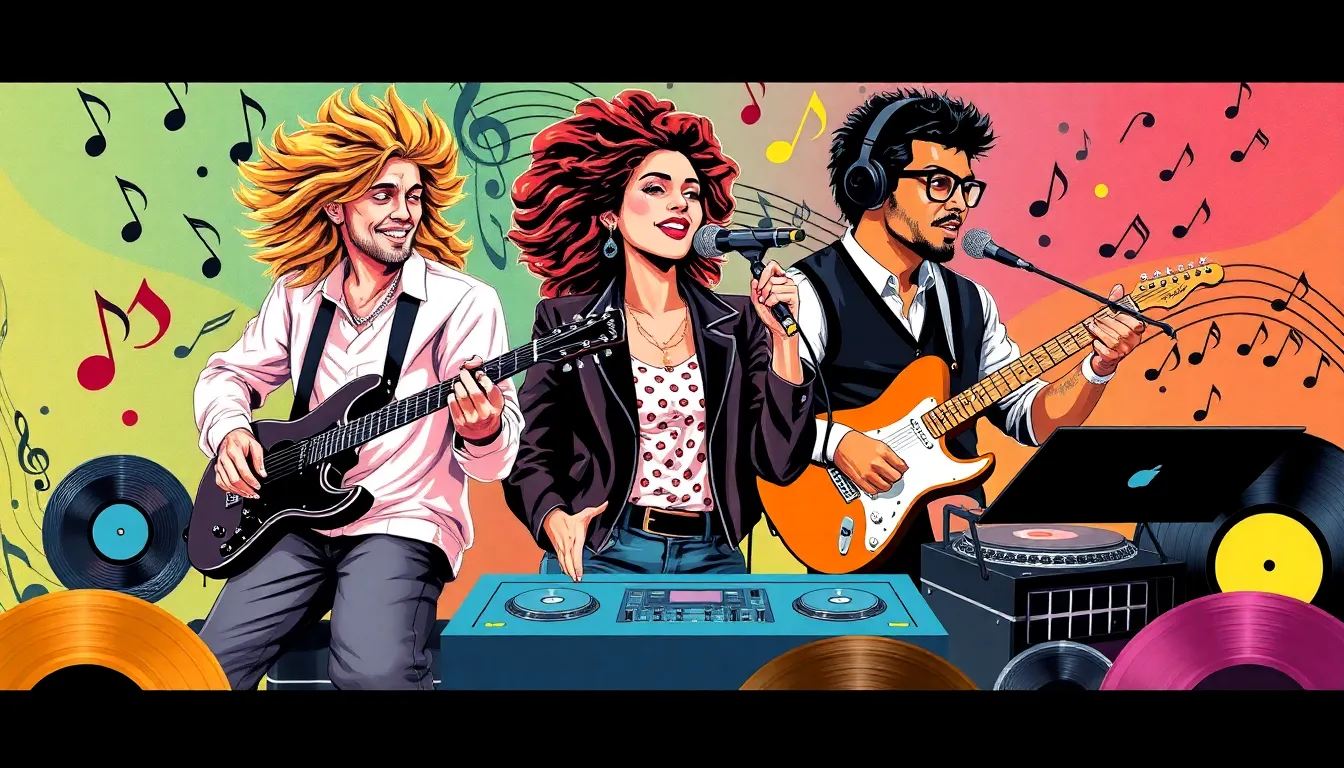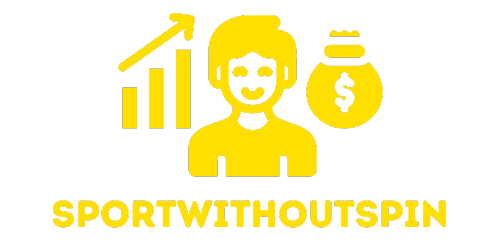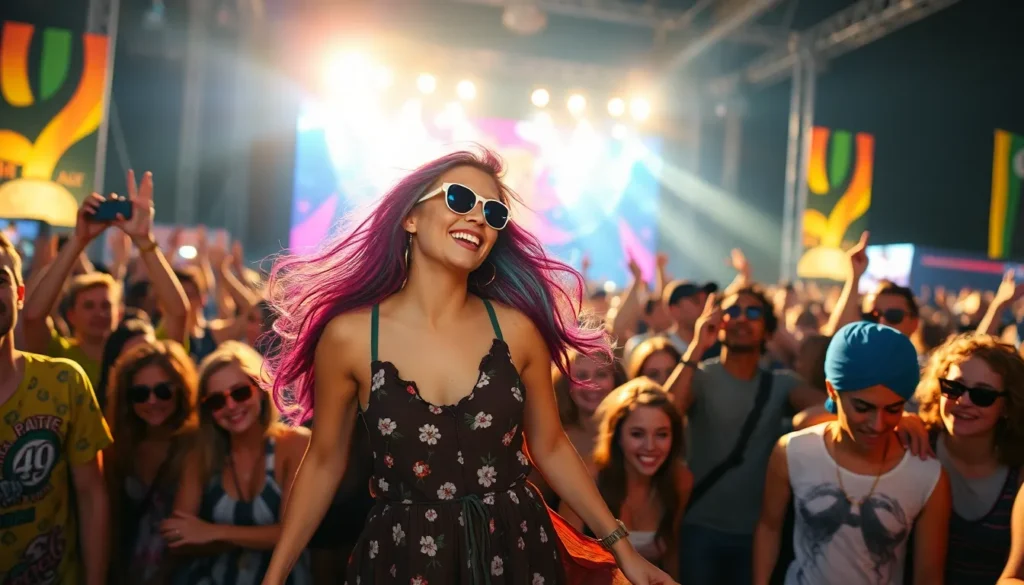Pop culture music isn’t just a soundtrack to life; it’s the heartbeat of society. From catchy hooks that get stuck in your head to anthems that define generations, it shapes trends and sparks conversations. Whether it’s the latest viral TikTok hit or a nostalgic throwback from the ’90s, pop music has an uncanny ability to connect people, making it a powerful force in our daily lives.
But let’s face it—pop music can be a wild ride. One minute you’re dancing to a chart-topping banger, and the next you’re questioning your life choices after hearing a bizarre collaboration. Yet, this playful unpredictability is what keeps fans coming back for more. Dive into the vibrant world of pop culture music, where every beat tells a story and every lyric can make you laugh, cry, or just shake your head in disbelief.
Table of Contents
ToggleWhat Is Pop Culture Music?
Pop culture music refers to the genre that reflects the contemporary trends, interests, and social movements of society. This genre encompasses a broad spectrum of sounds and styles, including pop, hip-hop, rock, and R&B. Artists typically blend various musical elements to create catchy and relatable tunes that resonate with a diverse audience.
Known for its ability to evoke emotion, pop culture music often addresses themes such as love, identity, and social issues. Many songs serve as anthems for particular generations, influencing fashion, language, and social behaviors. Collaborations between different artists can lead to unique soundscapes that challenge norms and expand the genre’s palette.
Pop culture music often thrives on innovation, where artists experiment with genres and production techniques. Hits frequently dominate charts and playlists, driving trends in the music industry. Streaming platforms and social media amplify these songs, allowing for rapid dissemination and broad accessibility.
The impact of pop culture music extends beyond entertainment; it shapes public opinion and fosters community. Concerts and music festivals create shared experiences, while viral moments on platforms like TikTok propel tracks to global recognition. In essence, pop culture music encapsulates the voice of society, mirroring collective hopes, challenges, and aspirations.
The Evolution of Pop Culture Music

Pop culture music has undergone significant transformation over the decades. It draws on a wide array of influences that shape its sound and appeal.
Influences from Different Genres
Pop culture music integrates elements from multiple genres. Rock’s energetic guitar riffs and hip-hop’s rhythmic beats often blend seamlessly. R&B adds emotional depth and smooth melodies. Electronic music contributes innovative production techniques, creating fresh sounds. Artists regularly collaborate, mixing these influences to produce catchy hits. As a result, listeners experience diverse musical styles that reflect cultural shifts and trends.
Key Historical Moments
Several historical events have shaped the landscape of pop culture music. The British Invasion of the 1960s introduced bands like The Beatles and The Rolling Stones, revolutionizing global music. In the 1980s, MTV’s launch transformed music promotion, making music videos essential. The rise of hip-hop in the late 20th century brought a new voice to the genre, influencing pop artists. Major milestones, such as Live Aid in 1985, showcased music’s power to unite for social causes. Each moment contributes to the ongoing evolution of pop culture music.
Iconic Pop Culture Music Artists
Pop culture music features a dynamic range of influential artists. These musicians shape the soundscape of today while highlighting key trends.
The Legends of the Genre
Madonna stands as a pioneering figure in pop culture music. Known as the “Queen of Pop,” she transformed the industry with her innovative approach to music and visual artistry. Michael Jackson, the “King of Pop,” revolutionized music videos and set a high standard for performance. Whitney Houston delivered powerful vocals and emotionally charged ballads, earning her iconic status. Prince seamlessly blended rock, funk, and pop, creating timeless hits that resonate with multiple generations. These legends continue to inspire new artists, showcasing the lasting impact of their contributions on the music landscape.
Emerging Artists to Watch
Olivia Rodrigo captured attention with her debut album, showcasing authentic songwriting and relatable lyrics. Lil Nas X redefined genre boundaries, blending pop with hip-hop and gaining wide recognition through viral hits. Doja Cat’s eclectic style combines catchy melodies with bold visuals, making her a standout influence. Sza impresses with her unique blend of R&B and pop, resonating deeply with audiences. These emerging artists reflect the ever-evolving nature of pop culture music and hint at exciting trends on the horizon.
The Role of Technology in Pop Culture Music
Technology plays a pivotal role in shaping pop culture music today. Music streaming platforms revolutionize how listeners access and enjoy their favorite songs.
Streaming and Its Impact
Streaming services, such as Spotify and Apple Music, dominate the music consumption landscape. These platforms allow users to discover new artists and songs effortlessly. Listeners engage with curated playlists that reflect current trends and personal tastes. Artists benefit from this accessibility, reaching global audiences without traditional barriers. Chart performance now often relies on streaming metrics, influencing marketing strategies for musicians. Popular songs gain traction quickly due to algorithm-driven recommendations, reshaping how hits are determined.
Social Media Influence
Social media profoundly affects pop culture music through viral moments. Platforms like TikTok and Instagram enhance song visibility, enabling artists to connect with fans directly. Viral challenges associated with specific tracks can catapult songs into the mainstream, leading to chart success. Fans actively participate in shaping music trends, sharing their own interpretations and content. Artists leverage these platforms for promotion, building hype around releases and engaging with audiences. The interplay between social media and music generates immediate connections—a crucial aspect of pop culture music’s evolution.
Trends Shaping Pop Culture Music Today
Pop culture music is evolving rapidly, influenced by various trends. These trends highlight the genre’s dynamism and its ability to resonate with audiences worldwide.
Genre Blending and Experimentation
Genre blending characterizes today’s pop culture music landscape. Artists frequently combine elements from pop, hip-hop, rock, and R&B, creating innovative sounds. A notable example is the collaboration between Billie Eilish and Khalid, which merges pop and R&B influences. This experimentation leads to unique music that appeals to diverse audiences. Today’s musicians often push the boundaries of traditional genres, leading to unexpected collaborations and catchy hits. The outcome results in chart-topping tracks that resonate with listeners and redefine genre expectations.
The Rise of Global Influences
Global influences enrich pop culture music significantly. Artists draw inspiration from various cultural sounds, enriching their work with world music elements. For instance, Bad Bunny integrates reggaeton with pop and trap, appealing to a broad audience. International collaborations have also surged; stars like BTS and Blackpink showcase Korean pop’s global reach. Accessibility to worldwide music via streaming platforms allows fans to discover diverse sounds. As a result, artists can connect with listeners from different backgrounds, demonstrating the genre’s versatility and cultural depth.
Pop culture music remains an ever-evolving force that shapes society and connects individuals. Its ability to blend genres and reflect contemporary issues ensures it stays relevant and impactful. As artists continue to innovate and experiment with sounds, the genre will likely pave the way for new trends and movements.
The influence of technology and social media has transformed how music is consumed and shared, creating a dynamic landscape where artists and fans interact more closely than ever. As pop culture music embraces global influences and diverse styles, it will continue to resonate with audiences around the world, embodying their hopes and experiences. The future of pop culture music is bright, promising exciting developments that will keep listeners engaged and inspired.



